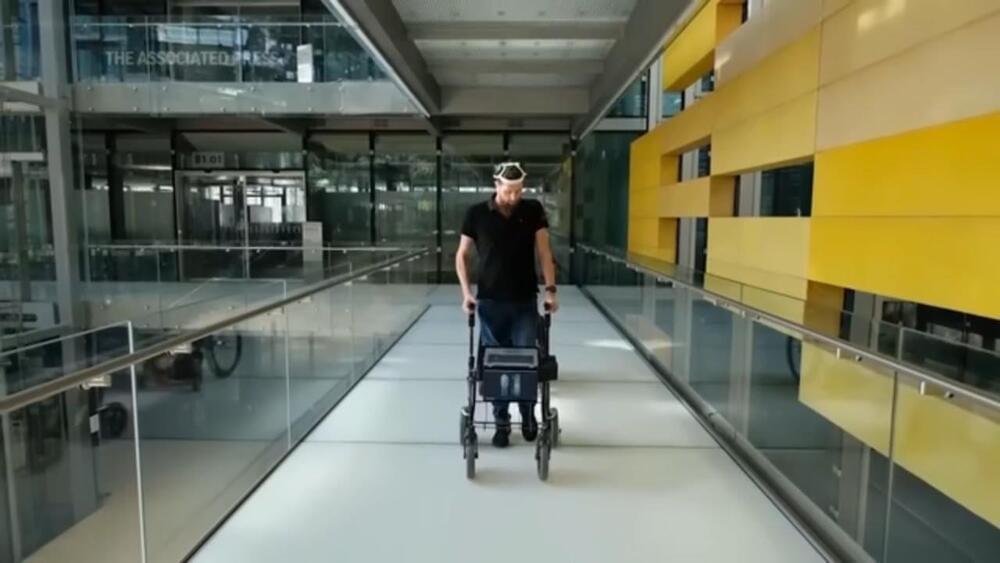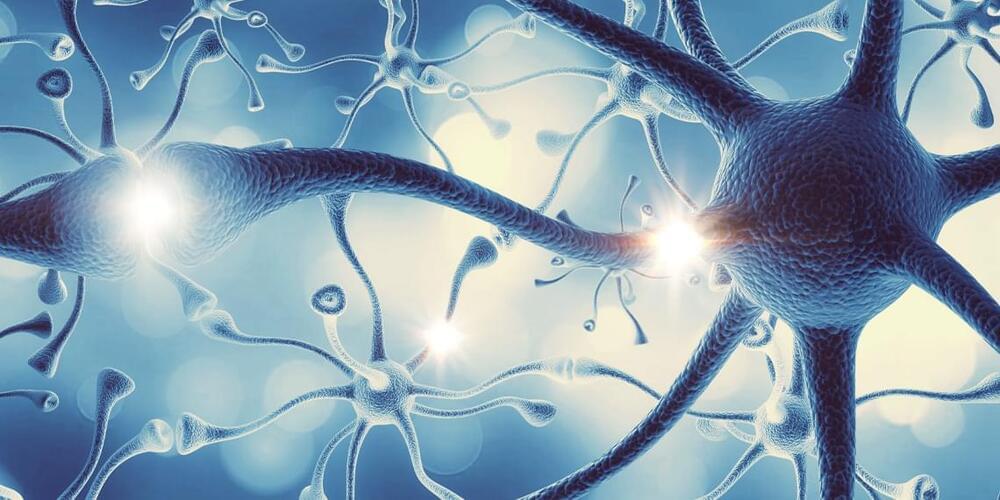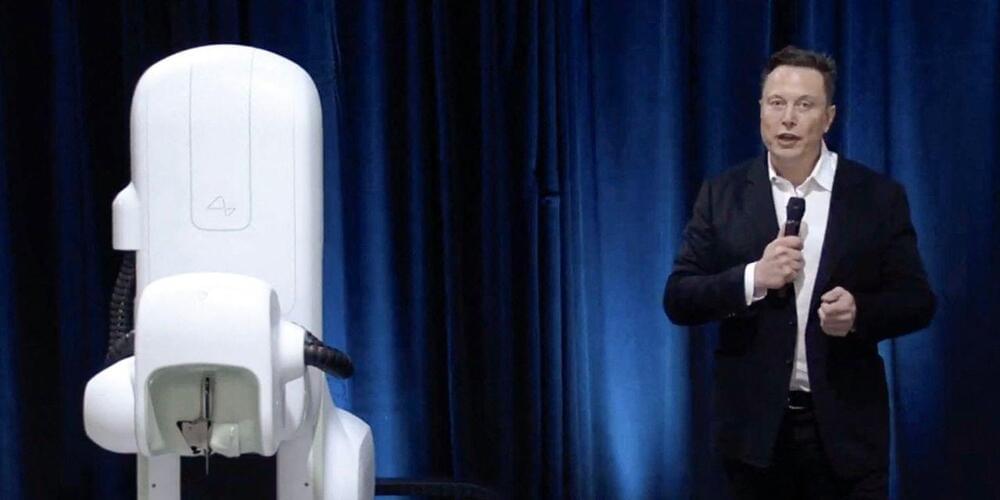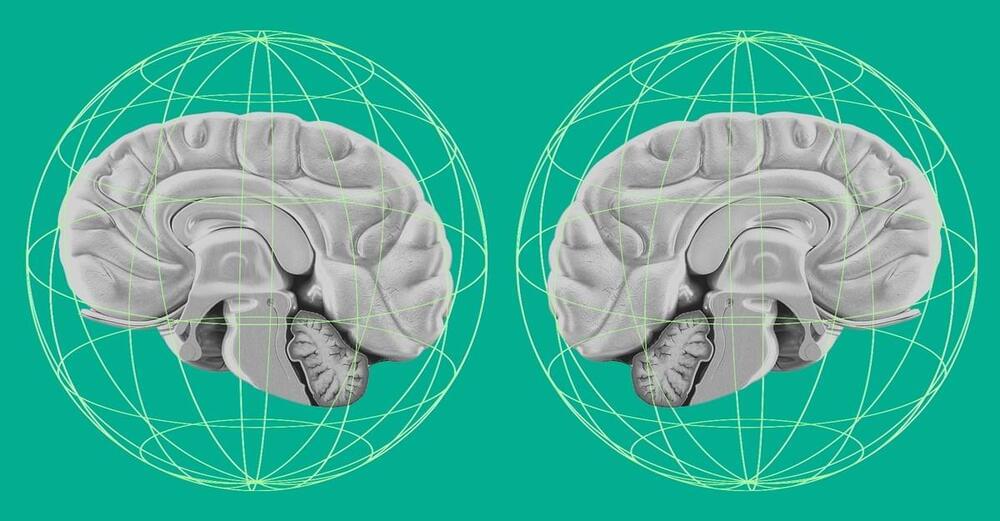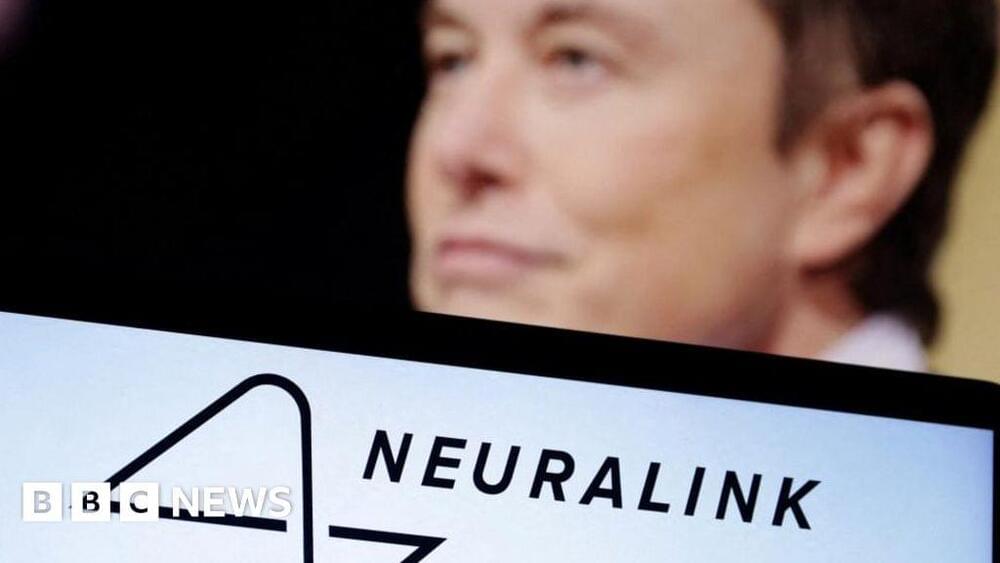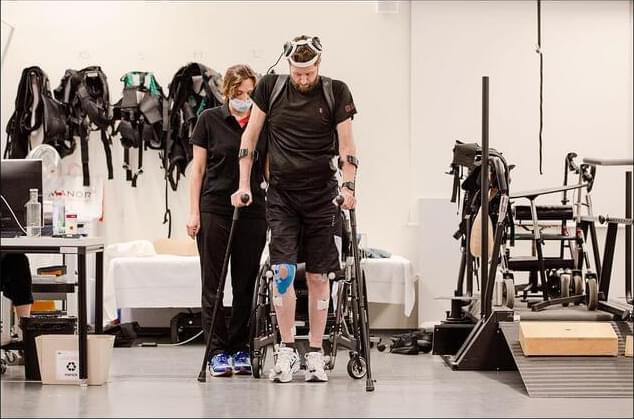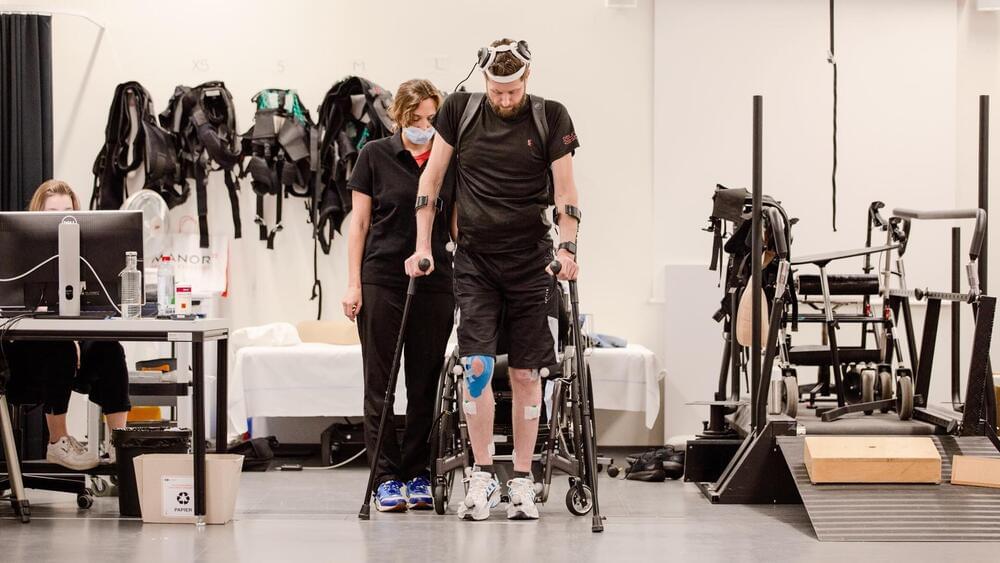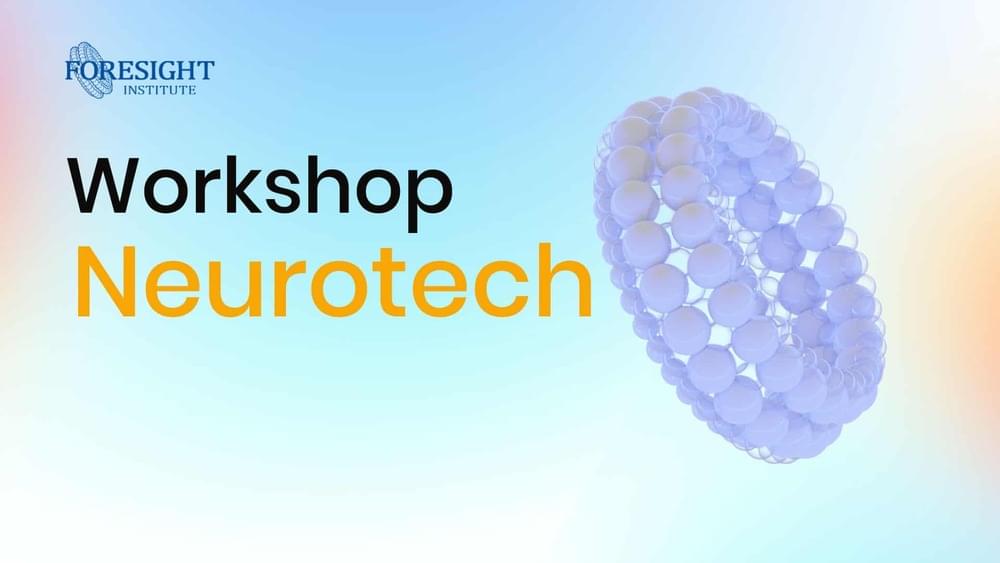May 29, 2023
Paralyzed man walks after bluetooth connects his brain and spine
Posted by Kelvin Dafiaghor in categories: biotech/medical, neuroscience
A man paralyzed by a cycling accident is able to walk again after an experimental operation by neuroscientists and surgeons in Switzerland.
Subscribe for more Breaking News: http://smarturl.it/AssociatedPress.
Website: https://apnews.com.
Twitter: https://twitter.com/AP
Facebook: https://facebook.com/APNews.
Instagram: https://www.instagram.com/APNews/
Continue reading “Paralyzed man walks after bluetooth connects his brain and spine” »
